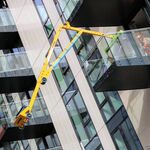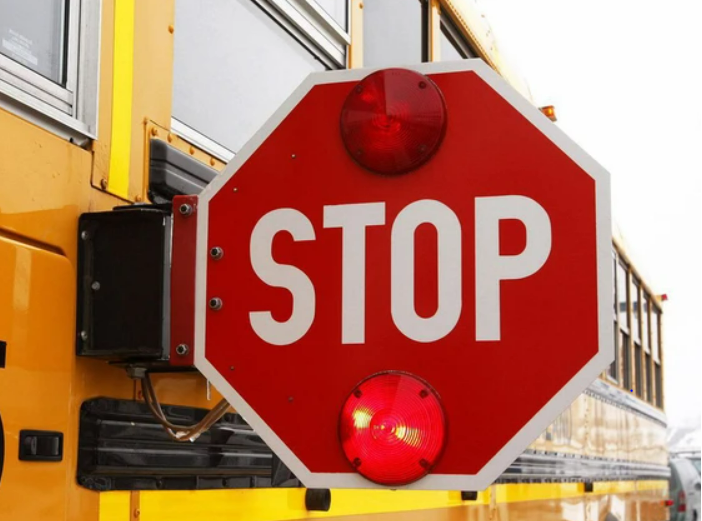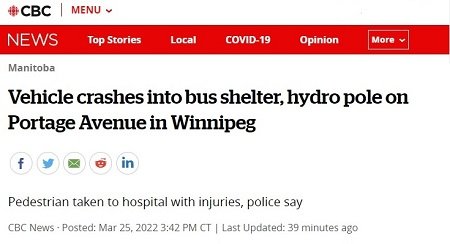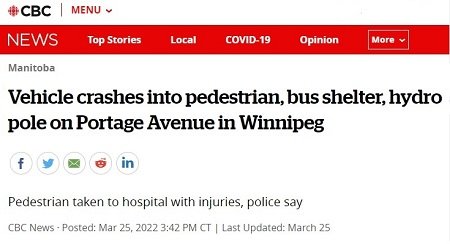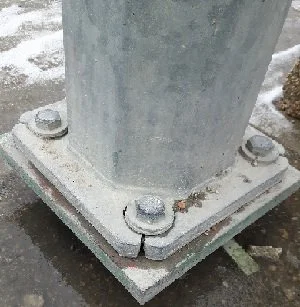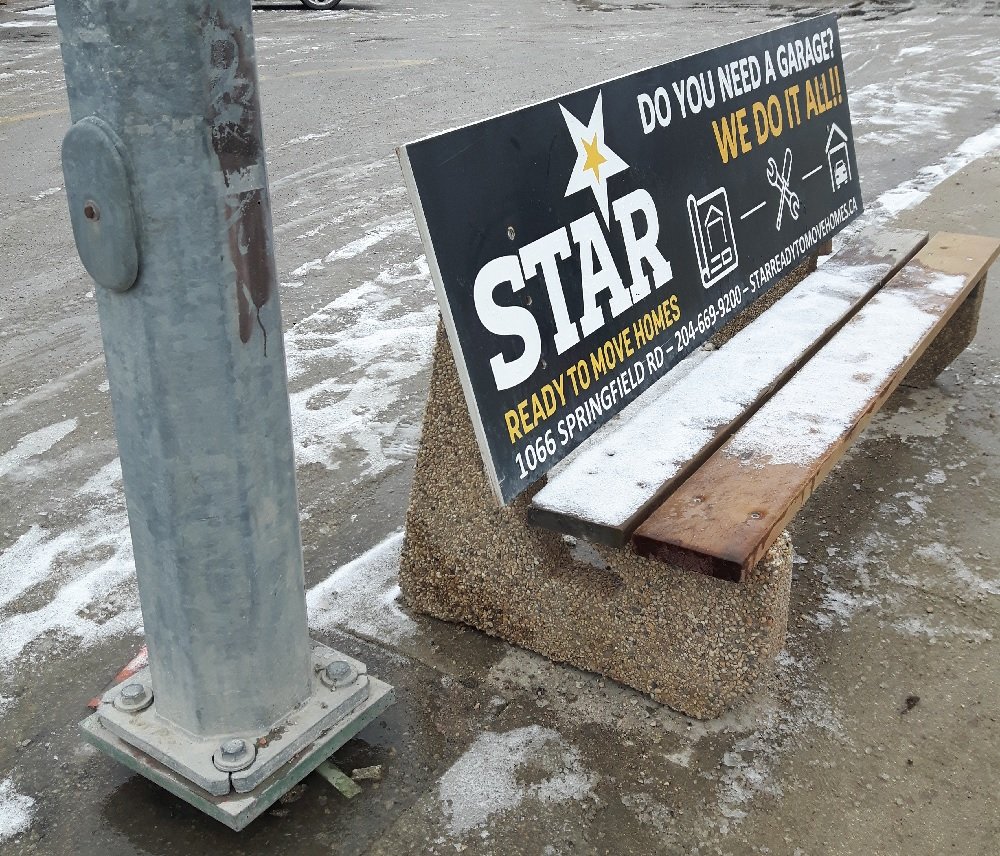Much better. Yet, still not good enough. Because some people will point out, rightly, that vehicles have drivers. And for the same reason we don’t ever see headlines such as “Man shot by gun”, or “Chris Rock slapped by hand”, the headline here should have read “Driver crashes into pedestrian, bus shelter, hydro pole on Portage Avenue in Winnipeg”.
It makes sense. Using “vehicle” or “car” is very neutral language, and it tends to remove personal responsibility from the situation. Using “driver” reminds us of the human behind the crash, and subconsciously makes it easier to attribute blame for it.
And I completely understand that urge. Except I don’t think it’s that helpful, because in the overwhelming majority of cases, the driver is
not to blame for the carnage. The traffic engineers who designed the street are, because drivers can only do what the design lets them.
Let me be clear: this was no accident. Massive property damage and pedestrians being injured (or killed) is our transportation system functioning precisely as designed. This is how it was designed to work. To understand that, we’ll need to explain a few traffic engineering concepts. So let’s get into it!
The traffic engineering profession understood a long time ago that humans are imperfect and will always make mistakes. It’s inevitable, and if you can’t change the users, change the system. So traffic engineers came up with the concept of “
forgiving design” which was a way of designing the transportation system to “forgive” errors by drivers, so that when they made the most common mistakes, whether unintentional or through carelessness, the results didn’t end up being catastrophic.
One of those elements is the development of the “clear zone”. Now, I’ve
talked about clear zones before, but this is worth repeating, so bear with me if you know all this already.
What is a Clear Zone? The
Manual on Uniform Traffic Control Devices gives us a pretty straightforward definition:



